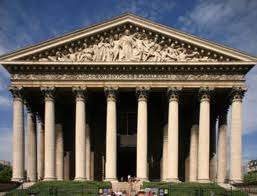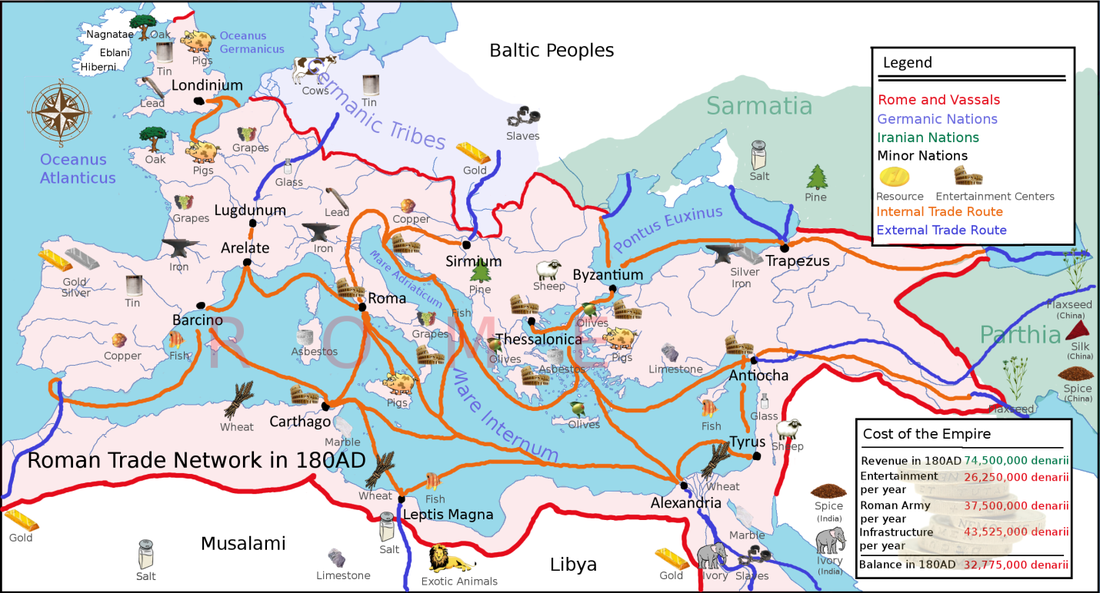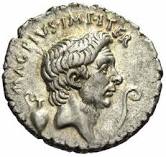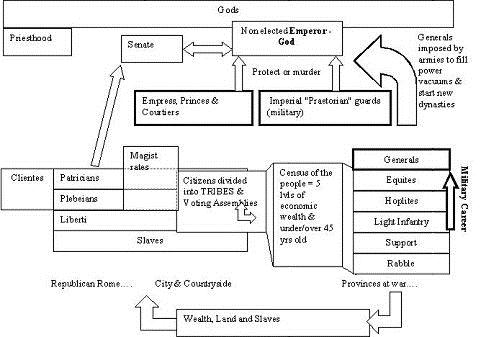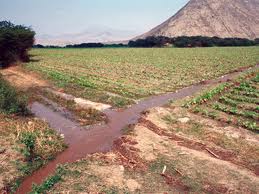Trade Within Cities - AGMSPRITE Breakdown
|
The world trade network of the second wave civilizations included many land and trade routes mostly through or around the Mediterranean sea. The places through which these route flow the similarities of the architecture is clear. Antioch, Constantinople, Athens, Rome, Carthage, Alexandria, Jerusalem; all of them share Greco-Roman architecture. Large geometric buildings, with great pillars and impressive facades, all common features of that style of building, can be see in those major cities that were part of the Roman trade network. China and India were not part of a close relation trade network so their styles of building remained localized.
|
|
Geography affects trade in two ways. First is a topographical advantage that is granted by geography. A city situated near a river or ocean allows it to move goods more effectively. Cities built near other cities will enjoy more trade because they are close. The other advantage that good geography has on trade is mineral resources. Cities that have for example iron mines or marble quarries or a large lumber supply will conduct more trade than cities resources. Geography can also prevent trade. The Americas were isolated from the rest of the world’s trade by the planet’s two largest oceans. North america was isolated from South America by dense rain forests and the Andes Mountains. Until the Silk Road, China and India had little permanent trade contact with the western half of the continent.
|
|
The underlying effect for war is often money. If you have more money you have more power, as an individual and as a nation. This can be observed by the “soldiers of fortune” that comprised most of the Greek and Roman armies. They fought to get rich and their country fought so it would get rich. Defending or attacking trade routes was the focus of many a campaign. Trying to capture mineral resources because whoever has them will become richer was also a paramount military goal.
|
|
Increased class separation created by trade can be seen in major cities. This caused increased friction between social classes. Politicians often initiated wars to conquer trading regions and resources because it would result in personal monetary gain for them. Trade spread ideas, technologies, and different religions. The trade routes created by the Romans facilitated the spread of Christianity throughout Europe and later Islam throughout North Africa. Buddhism spread from India to China over the Silk Road. Technology created by the Chinese eventually spreads to Europe over the Silk Road.
|
|
Systems similar to the irrigation systems used by the Romans can be found in Axum and the Middle east. Economies of the second wave civilizations depended on trade.The punic wars removed Carthage from world trade leaving the Romans in control all the trade routes on or bordering the Mediterranean west of Greece. Rome then expanded to its glory days being the world power in the trading net that spanned the continent of Europe.
|
